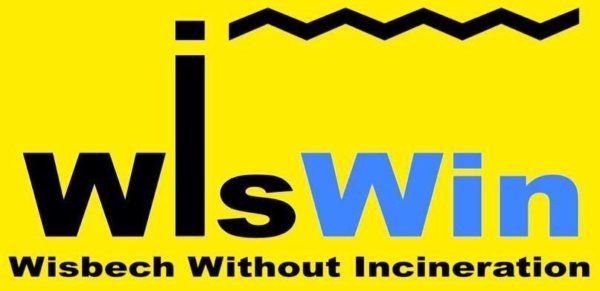Once you’ve read the documents on this website and found out as much as you feel you need to make an informed decision, write to anyone you think needs to know (eg local paper, schools, businesses, community groups) encouraging them to share the news and explaining how you feel.
Please write to the following, as they are the ones making the decision about what happens next.
Include the reference number for this site: EN010110
Also “Wisbech Medworth Proposed Incinerator”
Write to all three MPs:
- Our MP Stephen (Steve) Barclay
stephen.barclay.mp@parliament.uk
- Robert Jenrick, Secretary of State for Housing, Communities and Local Government
robert.jenrick.mp@parliament.uk
- Kwasi Karteng, Department for Business, Energy and Industrial Strategy
kwasi.kwarteng.mp@parliament.uk
Letters can be sent to the above MPs at:
- the company wanting to build the incinerator
MVV Environment Ltd
c/o Devonport EfW CHP Facility
Creek Road
Plymouth
Devon
PL5 1FL
email the website for this particular proposed incinerator via this contact page:
https://www.mvv-medworthchp.co.uk/get-in-touch
email the parent company via this contact page:
We are at the Pre-Application stage, we hope it won’t go further, but if it does, we will then need to write to:
- The Planning Inspectorate
Tim.Salter@planninginspectorate.gov.uk
See their website for more:
https://infrastructure.planninginspectorate.gov.uk/application-process/the-process/
(for guidance on writing to the Planning Inspectorate click here, thanks to one of our Facebook members for showing us this)
The Environment Agency will be looking at this and so we should also write to them at the appropriate point.
More details on https://ukwin.org.uk/act-locally/
This extract from the above page shows what we can ask them, ie what they are allowed to comment on:
- Location-specific issues such as temperature inversions, local wildlife sites and ‘in-combination effects’ with other sources of pollution that may not have been fully addressed;
- Whether or not the applicant has adequately justified their proposed stack height (i.e. whether or not they have justified not opting for a higher stack which could reduce pollution impacts on nearby sensitive receptors);
- The applicant’s choice of NOx pollution reduction technology (some are better but more expensive, so they may have argued for a cheaper solution);
- The basis for the level of emissions ‘worst case scenario’ (during operation they are allowed to subtract measurement uncertainty when they assess their measured emissions against emissions limits, and so an actual ‘worst case under the permit’ scenario would be for emissions to be at the Industrial Emissions Directive limits plus double the measurement uncertainty);
- How the operator handles uncertainty with respect to where pollution will fall (it has been stated by incinerator applicants for appeal ref 3218965 that “Dispersion models typically have an accepted uncertainty of up to +/-25%”, so a ‘worst case scenario’ assessment should assume the impact on any given receptor is potentially 25% higher than modelled);
- Any significant errors and omissions that mean the Environment Agency should go back to the applicant with more questions (in what is known as a “Schedule 5 request”); and
- Any inconsistencies between the information provided for the Environmental Permit and for the planning application (which could require the applicant to provide an explanation to the Environment Agency and/or for the planning permission being varied).
